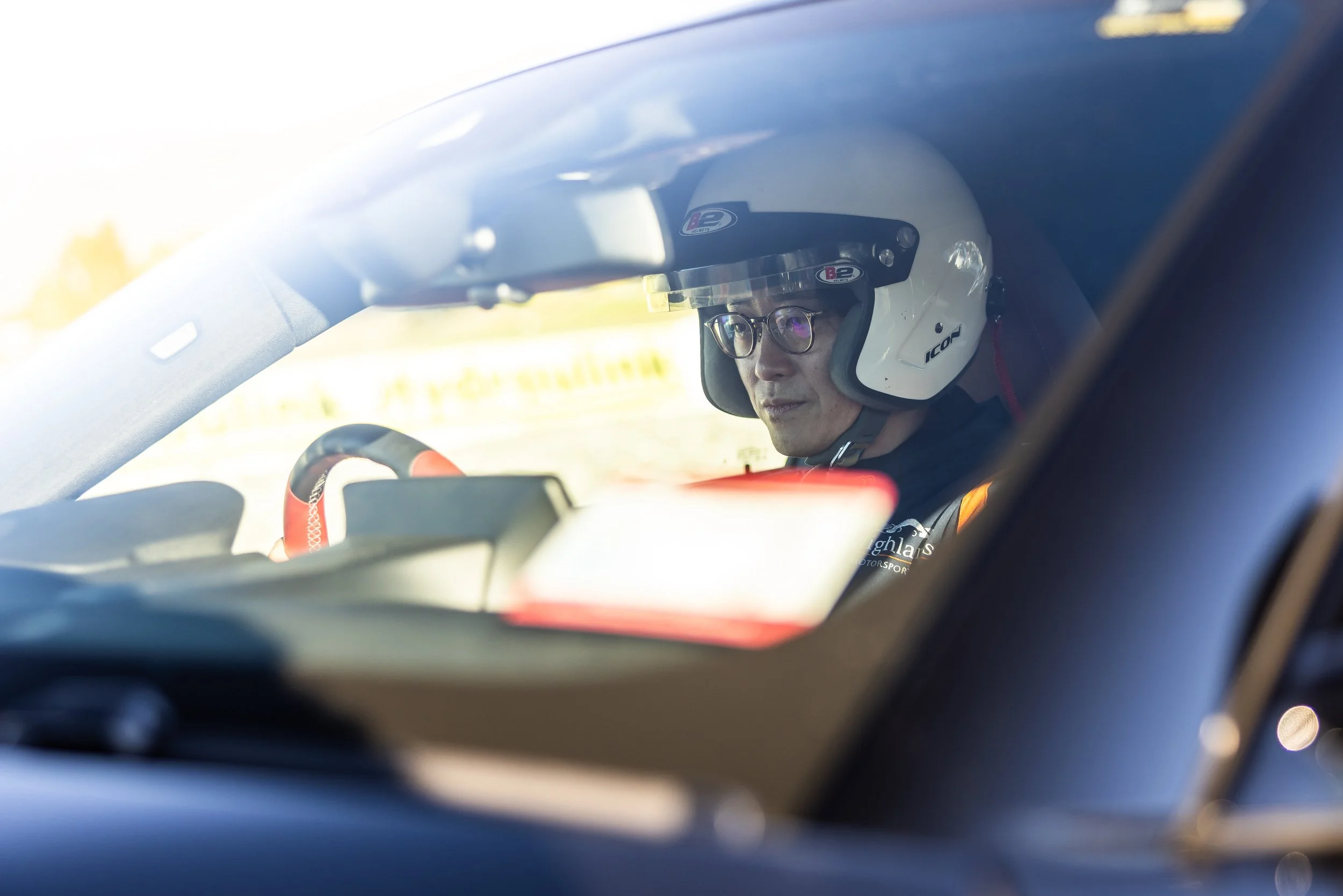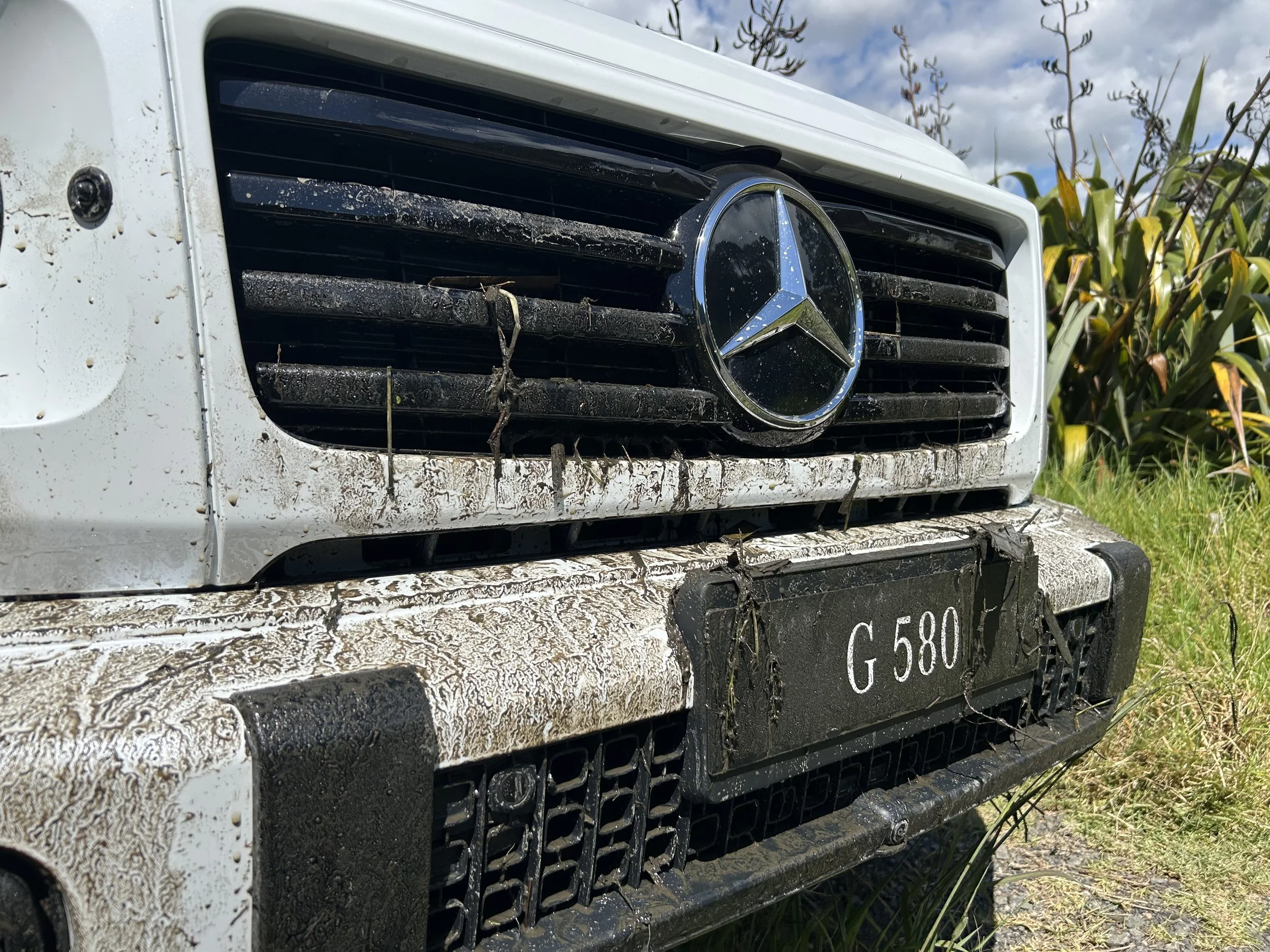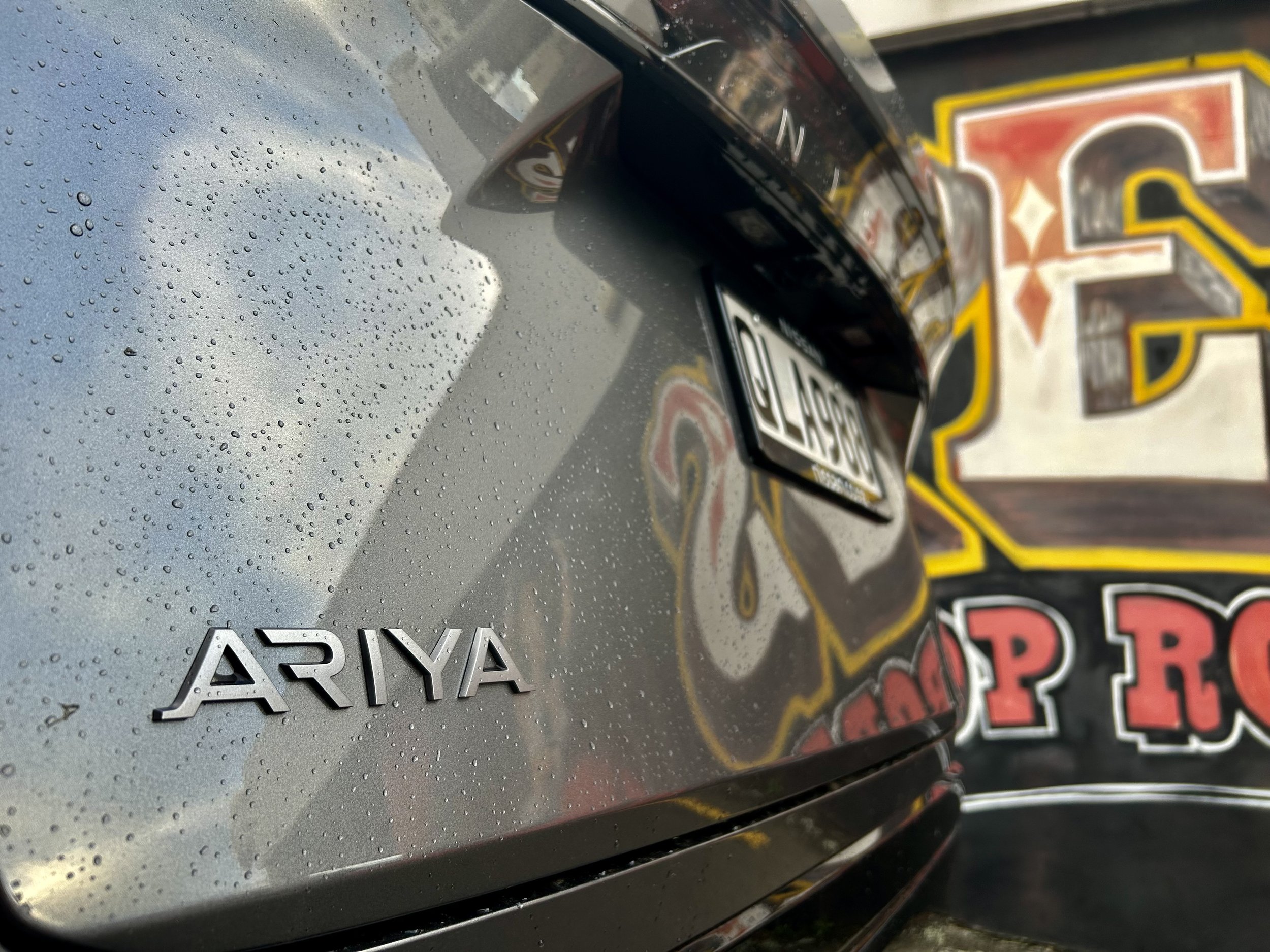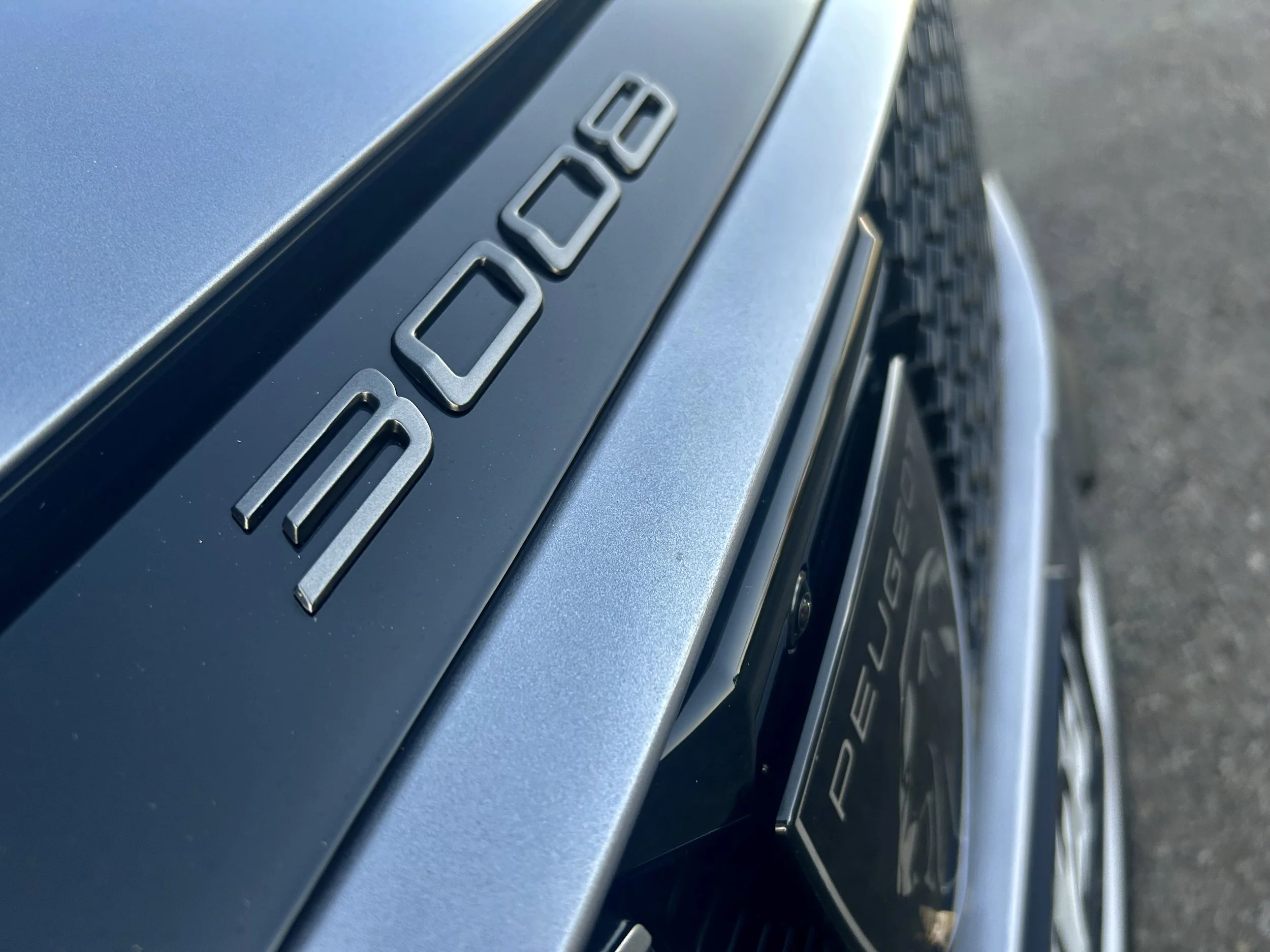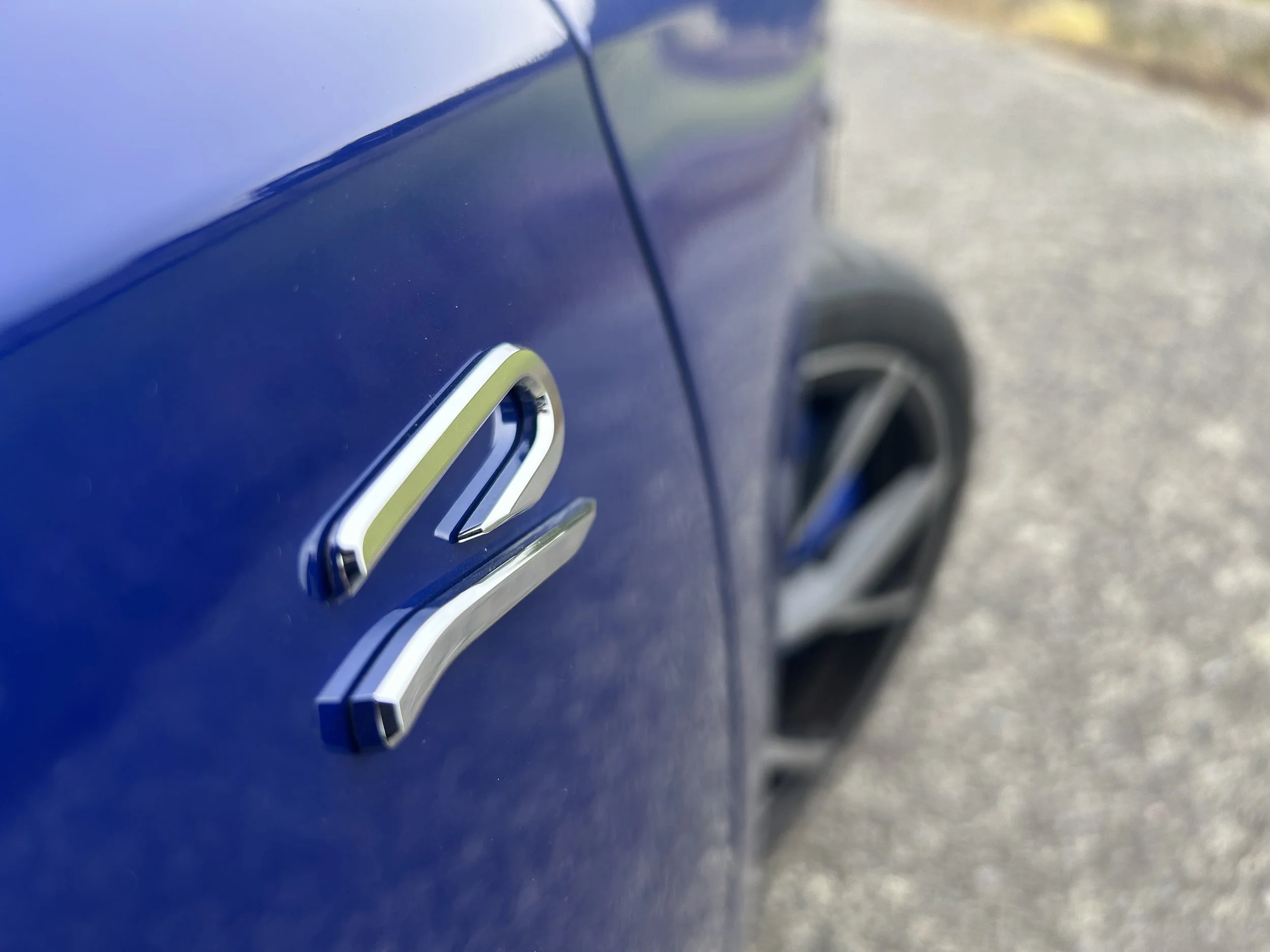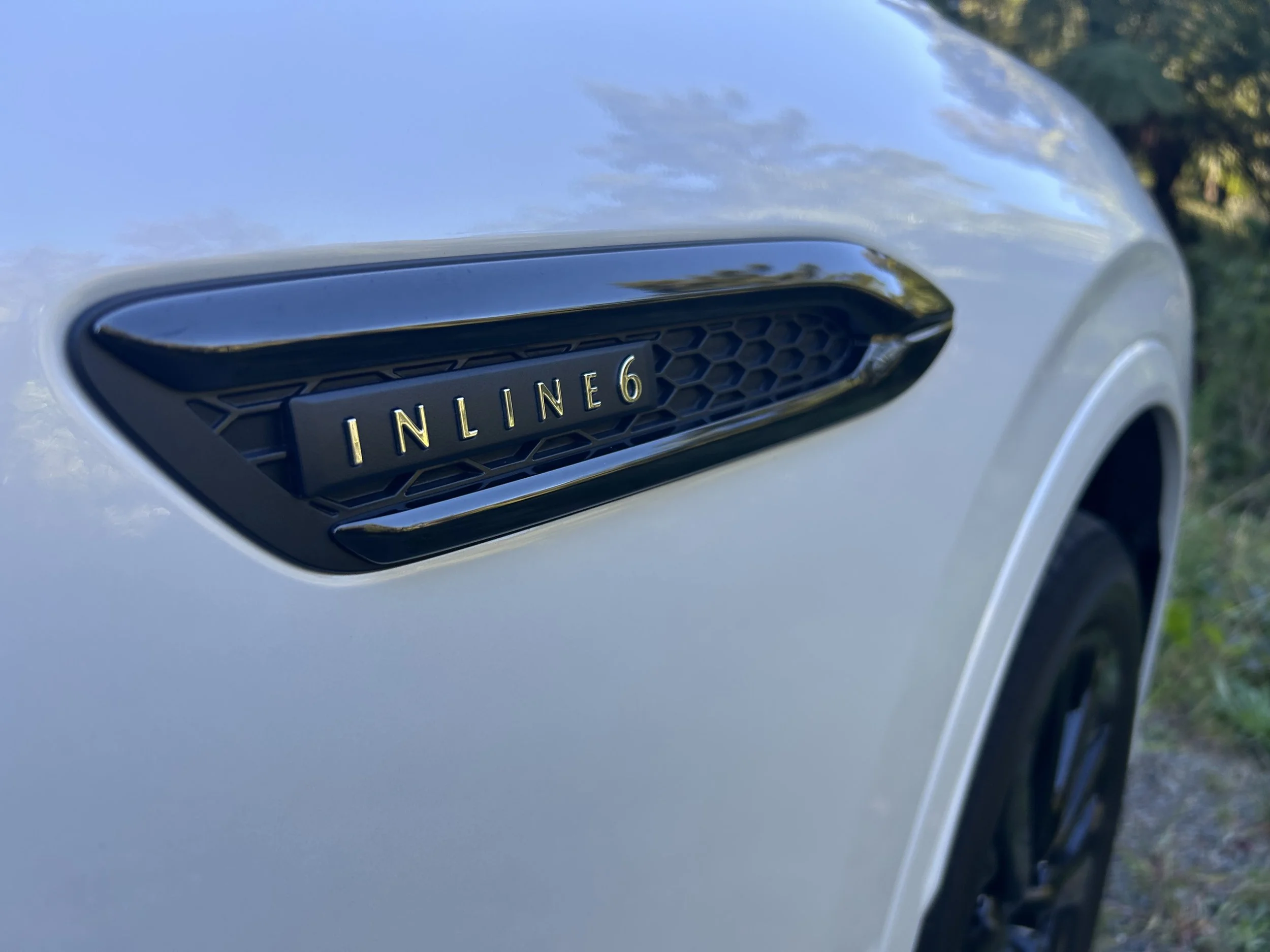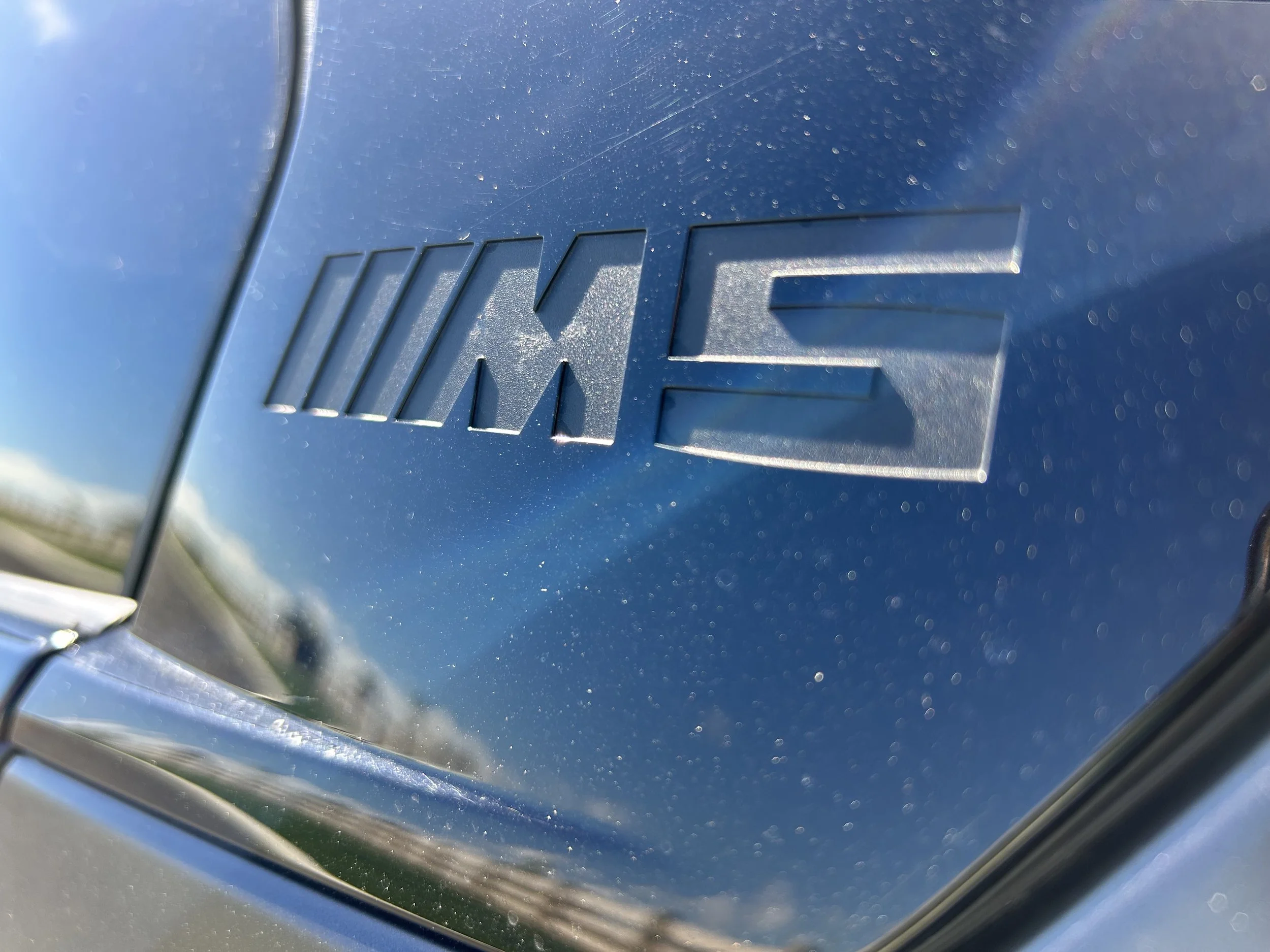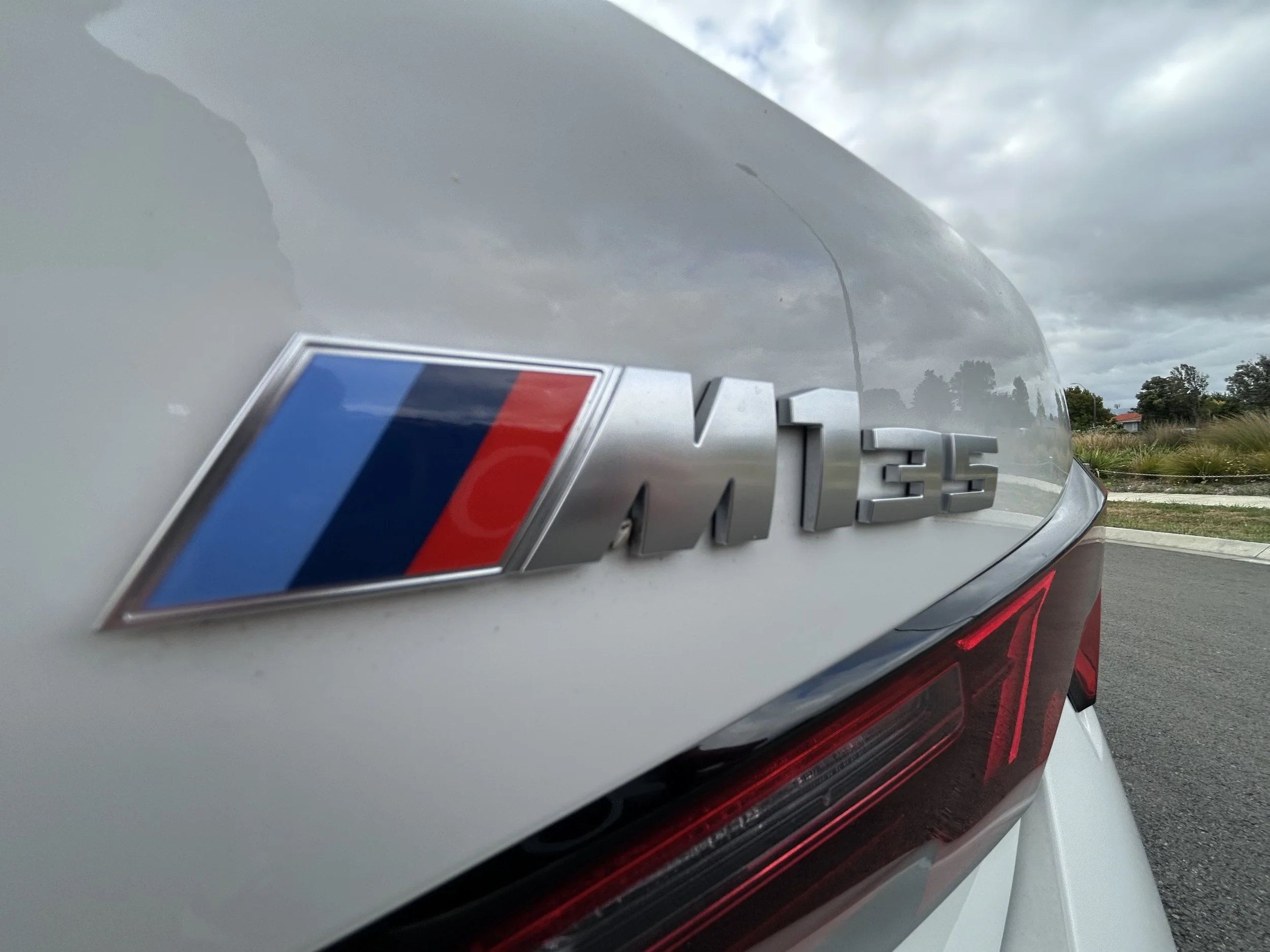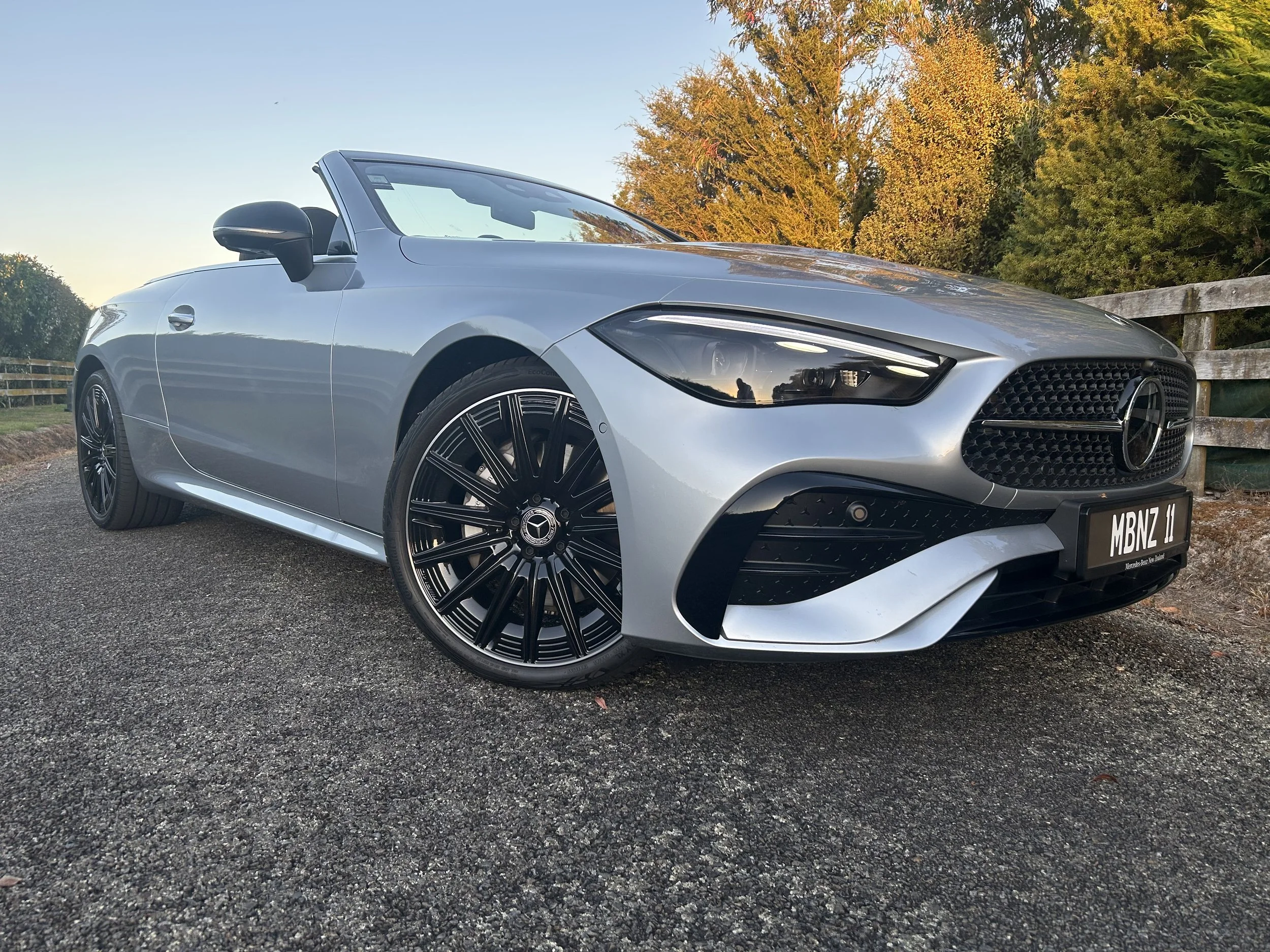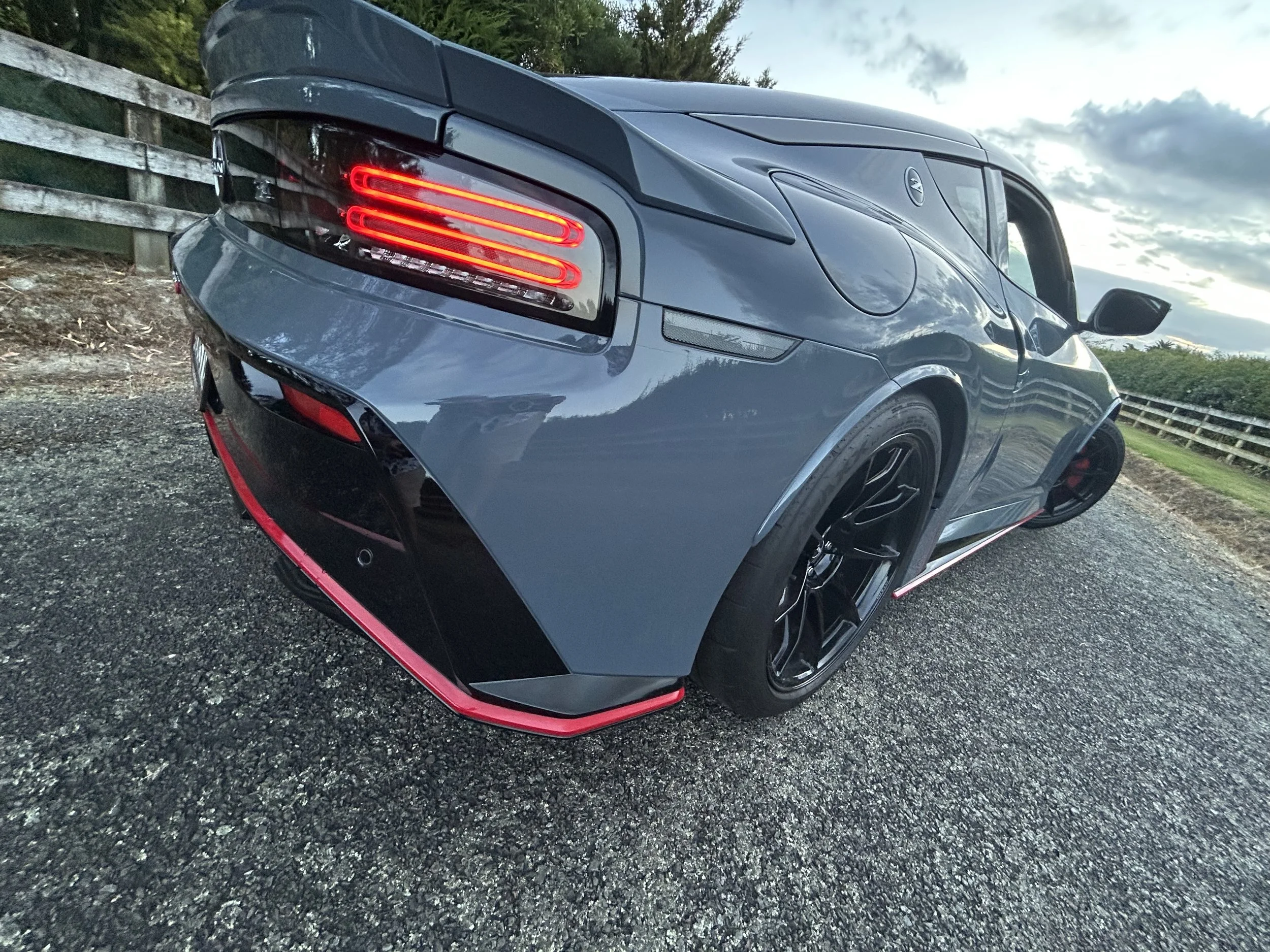It’s the ‘out there’ Outback
/Chunky new look for Subaru’s Kiwi favourite off-road wagon.
ABILITY to often conquer risk-edged adventures is among attributes that have made the Subaru Outback an easy sale to Kiwis - it’s also an ethos taken to new extreme by the stylists for the next generation car.
Sorry, ‘car’ is the wrong word. After six generations of presenting as an elevated, butched-up station wagon, the Outback has taken a whole new trail.
Subaru has hinted for some time now that the new-generation type would adopt a sports utility wagon look, because it perceives that is why buyers prefer.
The blocky new shape that unveiled in the United States overnight is clearly taking that ideal to full strength - and also to an extreme, according to reaction from critics who have seen and driven it.
From nose to tail, it’s way more squared off than the predecessor still on sale here.
The headlights are split into two spaces on the front, and they bookend a wide U-shaped grille with a large Subaru badge at the centre. Plastic body cladding emphasises the new direction; for the ultimate brawny look, there’s a Wilderness design package.
Subaru says it’s gone with the boxy look in order to emphasise Outback’s “height and durability.” Some US commentators are wondering, all the same, if they’ve taken too much inspiration from Homer Simpson’s Canyonero.
All the same, it definitely looks tough and ties coherently to the next generation Forester, which is on sale here from mid-year, price and specifications yet to be declared.
Practicality has favoured the new design. Subaru points out the new Outback’s roof rails are built to handle a 100 kilogram dynamic load - that’s enough for bikes, gear, or even a rooftop tent. A more upright rear hatch helps improve both aesthetics and cargo capacity.
Go to the Wilderness (the blue car) - and that’s not been an option for Kiwis, though at least one enterprising local fan has imported and fitted all the kit to transform his current generation car (seen it, looks great) - and Subaru fits heftier looking bumpers, a black grille with 'SUBARU' script, extra body cladding, copper-coloured highlights, hexagonal LED fog lights, and 17-inch wheels with all-terrain tyres.
Wilderness isn’t just for visual impact, btw. As with the current edition, there are useful gains - 20mm more ground clearance (241mm vs 221mm), and better off-road angles than the regular Outback delivers.
As much as everything is new, there’s still a load of carryover. The new body, with a whole new interior, cloaks the current platform and power comes from a familiar choice of 2.5-litre non-turbo or 2.4-litre turbo four-cylinder 'boxer' engines we know now.
Outputs in US models are 134kW/241Nm and 194kW/376Nm respectively. The first is down 2kW but up 2Nm. the turbo engine in NZ market spec produces 183kW/350Nm.
These remain matched to a continuously-variable automatic transmission and the same all-wheel drive.
In addition to the familiar driver aides for on road and off we get now, it adds Emergency Stop Assist technology – capable of bringing the car to a halt on the side of the road if the driver is detected to be incapacitated – and, in US market form but perhaps not for global issue, a semi-autonomous feature for highway driving, at speeds up to 137kmh.
The cabin is still set up for five occupants and delivers a fresh dashboard. The The 11.6-inch portrait touchscreen is gone, and two new displays are fitted – a 12.1-inch infotainment touchscreen and a 12.3-inch digital instrument cluster. Though this is the car’s first step into the digital work, it has more physical buttons than the present type.
Sense the roof height has increased is no illusion; the type gains 51mm for more interior space. This also impacts on the boot space, which has grown by a claimed 57 litres to 980 litres. That’s likely measured to the roof.
Subaru NZ has yet to comment on he new car but don’t pester your local sales folk yet.
Historically America always gets first dibs and, though the car is built in Japan, generally no other markets get to see this car until it’s been Stateside for at least a year.









